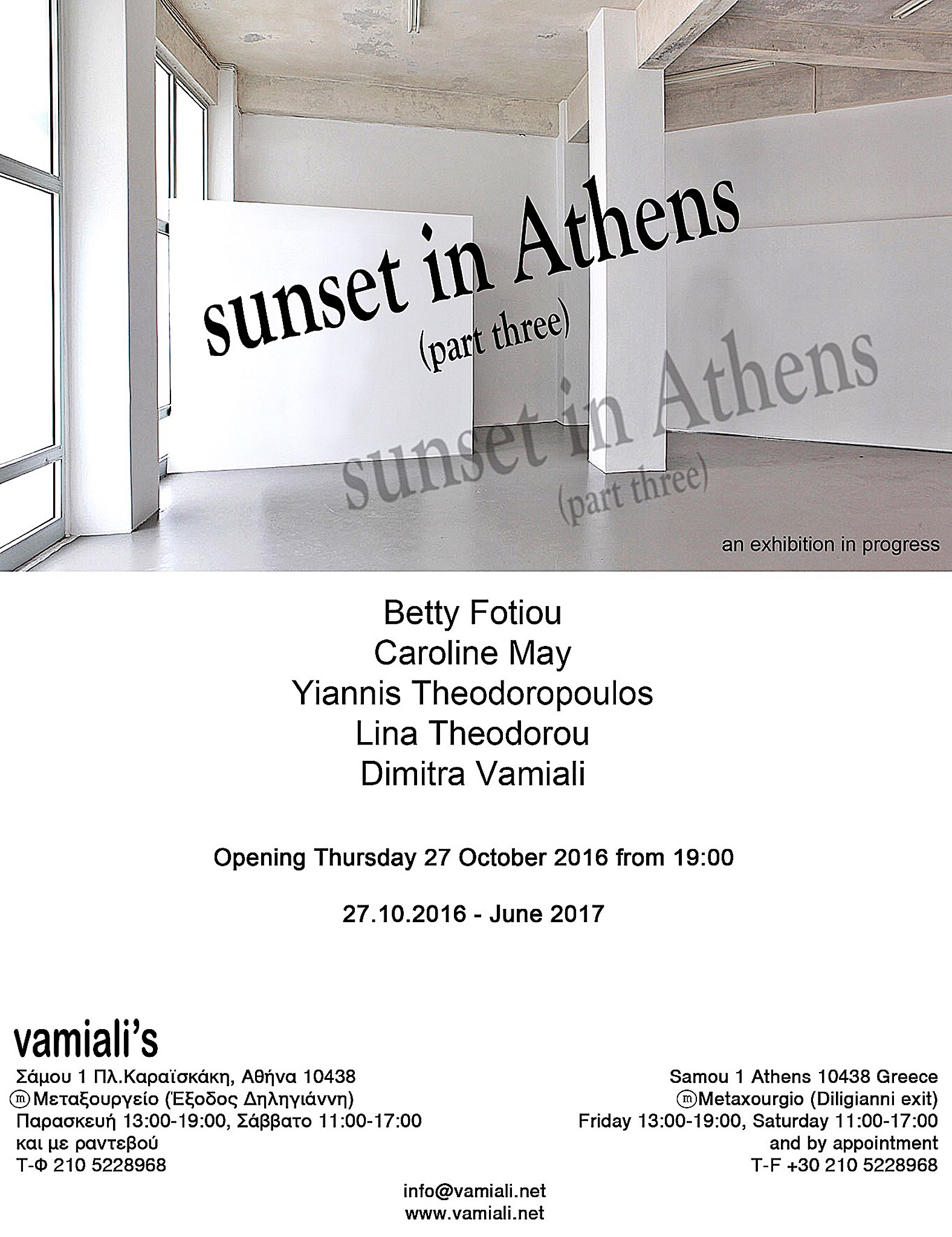
Sunset in Athens (part three)
an exhibition in progress
Betty Fotiou, Caroline May, Yiannis Theodoropoulos, Lina Theodorou, Dimitra Vamiali
October 27, 2016 - June 2017
Vamiali's gallery presents the exhibition Sunset in Athens (part three). The first two exhibitions titled "Sunset in Athens" were an homage to painting, the new trends and directions. Keeping the same title now for the third part, the exhibition is seeking a different approach.
There is a nostalgia in the enigmatic title, a romanticism, but also a covered metaphor, an allegory. In Greek language the word dusk is the same with the word "West". So if we play on words we could say that is this a sunset in Athens or is Athens a city of the West (Europe); A dusk in Athens or Athens, a city that goes down? A symbolic image or the exculpation of the romantic image of the city as a place of enjoyment? The interpretations remain open.
The exhibition "Sunset in Athens" focuses and explores the universal themes of the human condition as love, loss, loneliness, optimism, discontent, imposition, desire, intimacy, longing and embraces the idea of microcosm, which contains an entire universe. Through micro, approaches the macro, the human soul and the inexhaustible of the human condition, in order to highlight the subtle practices which through personal, idiosyncratic systems revive a given structure.
The exhibition will be developed gradually and in stages within a period of time. More works from different artists will be added to the initial core, so that the context and content will grow organically, be fluid and in constant flux, where each work might enter or intervene in another. An exhibition in progress, at the time of instability, displacement and transformation, inviting the viewer every time to a fresh "re-reading".
"Every day in Athens and all over the world, we see the sunset. East, west, east, west, the sun's path, in an endless cycle, a continuous loop. A given, universal truth. Although, during the last years, the sunset in Athens is a little different. Not as a form, not its colors, but signifies different meanings. It could be our "escape", a reference point or a starting point or that image we wish to evade or deny. Afternoons in Athens are more sad. Unless you draw a strategy, identify an alternative, have a backup plan or create a situation that could do the trick to work, a good reason to remain up standing, to continue to believe or just to continue. It is true that we are trapped in a mental and ideological noway out, in a context that has been imposed. We live in a disordered reality. But if we will talk about our own internal universal truth, our basis and arguments, our deeper roots, this back up plan, one from which we can draw strength, we might be able to define a new value framework and see the sun's path for just what it is, a sunset in Athens. Perhaps the dusk will remain dusk without further hints. We will not give "instructions". But can contemporary art speak about these issues? Can contemporary art mirror these truths?
Yiannis Theodoropoulos in his photographs focuses on the details of everyday life and his close environment with a poetic look. Piles of clothes arranged randomly, the shadows that cast the light in a window, the folds in a velvet sofa, are not staged. Observing the world around him, he is capturing the details that unravel the big picture of his microcosm that contains an entire universe. He observes with a sophisticated gaze details and minor "randomnesses" that might be ignored or passed by and elevates them as points of reference, in an attempt to detect the human condition. This inwardness and introspection do not lead to claustrophobic results or a trapped look. Instead, Yiannis Theodoropoulos' world is open, dense, complex and multidimensional. His desire frees itself in the small but obvious incidents where the repetition or the static nature of the things redefine a routine that is there, always present, like the sun that rises and sets every day.
Lina Theodorou's The Pawnshop, is a financial board game, inspired by contemporary everyday reality in Greece. When the game starts, each player has a pack of cards that correspond to his belongings, among which are an apartment, a car, a piece of land, jewellery etc. As the players throw the dice and keep moving on the board, they draw cards that demand of them to make decisions regarding their financial status and their estate. This means that as time passes they are obliged to sell their belongings at the pawnshop in order to pay off all sorts of debts. Many of the cards function as suggestions to the players to committ illegal acts which will either bring them profit or land them in jail. When a player draws one of these cards, he or she must decide to take or not to take the corresponding risk. The only business that exists is the neighbourhood pawnshop where all transactions take place. The players' belongings sold at the pawnshop effectively disappear down the "black hole" of the underground economy. All the while, the state and banks count among the institutions which have lost all credibility. All situations described in the cards are based on facts. The stories are versions of reports that have appeared in the press and stories the artist has personally came across since 2010. The creation of a board game as an artwork stems from her own inner need to take an ironic stand and illuminate what has become a sick everyday reality in Greece; a reality that drives people to their biological and moral fall. By employing the basic functions and mechanisms of a game (identification, provocation, interaction etc) one may bring about a state where the viewer experiences empathy towards the actual persons whose everyday reality bears all the marks of their suffering the biological and psychological implications of the financial crisis.
Caroline May's new work is an insidious take on the duplicitous nature of photography. She continues her research on the possibilities of the medium. Taking found fashion photographs out of context, she scribbles or erases the faces of the posing models. This "erasure" process allows for a politicised, post-feminist reading aligned with her previous work, and signifies a break from imposed definitions of identity. Most importantly, she attempts to reconfigure new ways of image making. By using fashion photography as a source, she tries to permeate popular photography with musings on form, representation and the ambiguity of the image.
The small-scale monochromatic portraits and landscapes by Betty Fotiou are airy and ethereal, almost dreamy, like a blurry trace onto the canvas. Her portraits are imaginary, the depicted persons are not real, are a combination of imagination, memory, familiar faces and well-known figures from history. In a constant search for erasing the writing of the paint, she captures and performs only the minimum. In each work, there is a hidden detail, a hidden aspect in order to balance between a decisive gesture and a recurrence of multiple levels of execution on the surface. Her paintings are associative, characterised by contrasts and unexpected references. Innuendos and subtle gestures coexist with representations while they make equal use of different influences from contemporary art language. The representation of the portrait is often either "under construction" or already in decline. In the visual world of Fotiou, meaning does not really matter, leaving all possibilities optionally open, while the final result is dull and almost transparent.
Dimitra Vamiali's installation titled "Bob, David, legends and beings" unfolds the relationship between the collection of the information with imagination, where parallel narratives, originally unrelated, developed in an environment-setting, as many stories within a story. Printed computer screenshots with snapshots, found on the internet, with unexpected and seductive collaborations by famous artists and performers of the recent past juxtapose with small-scale sculptural installations. In an attempt to approach or fantasise the outcome of the "ideal collaboration", distorted and embellished details give the temporal distance that inextricably linked with the concept of memory, its use, conservation and interpretation. By incorporating different elements as plot devices, she creates a dreamlike environment that explores the relationship between fiction and reality, knowledge and fact where different real or fictitious worlds meet or contradict. It is a personal universe with imaginary gods and beings with narcissistic mood as protagonists that coexist with real life "episodes" in a complicated alignment without time sequence.
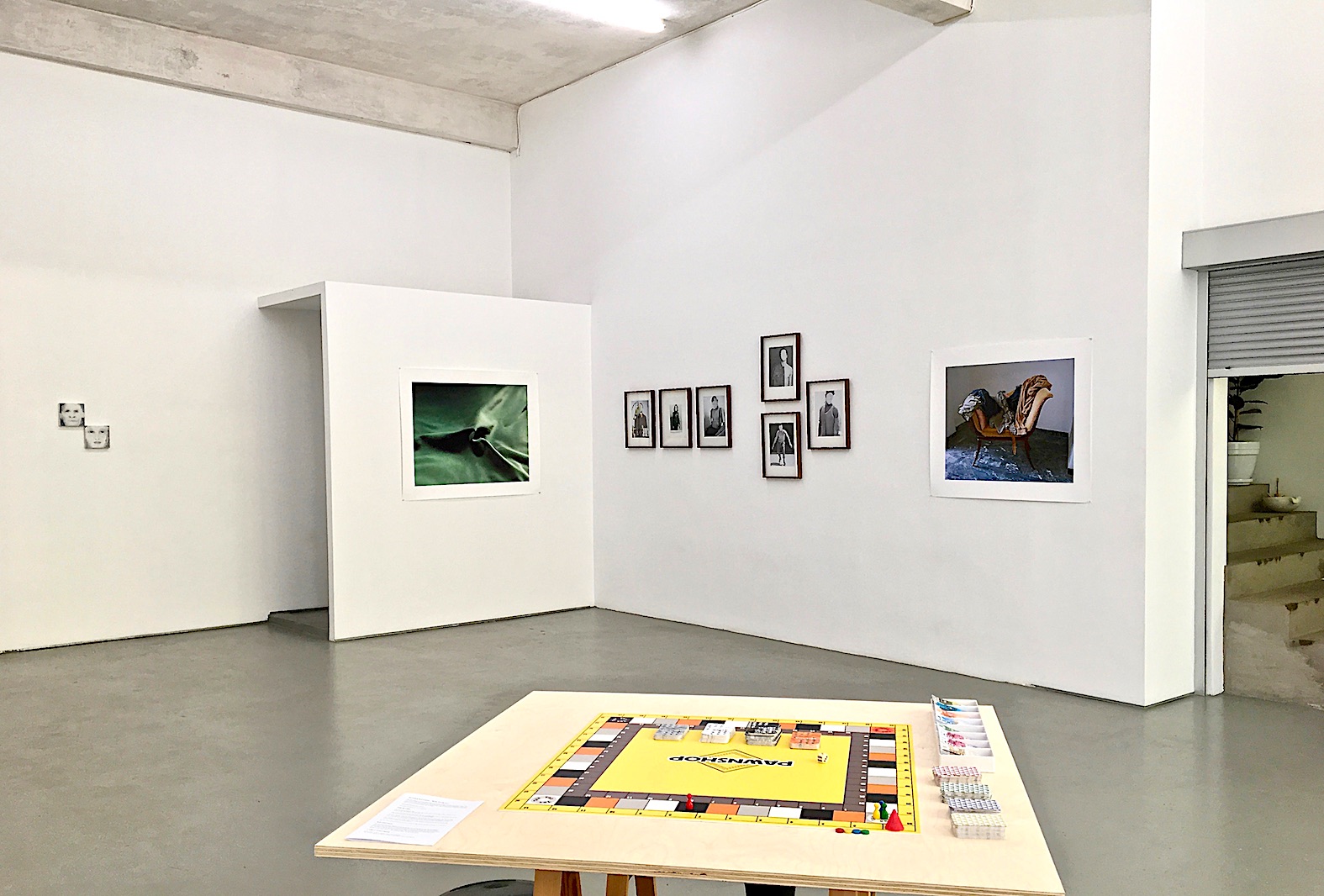
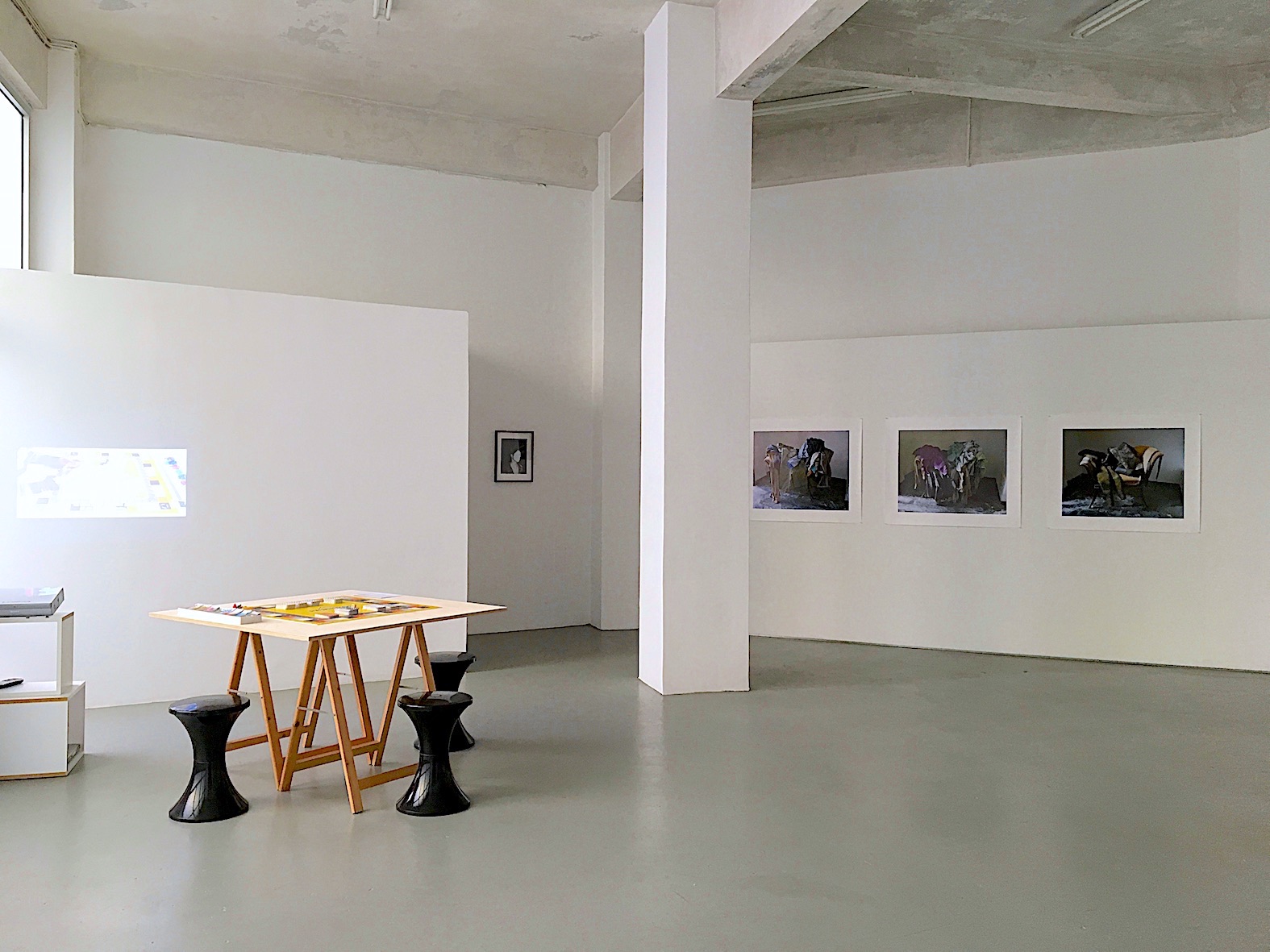
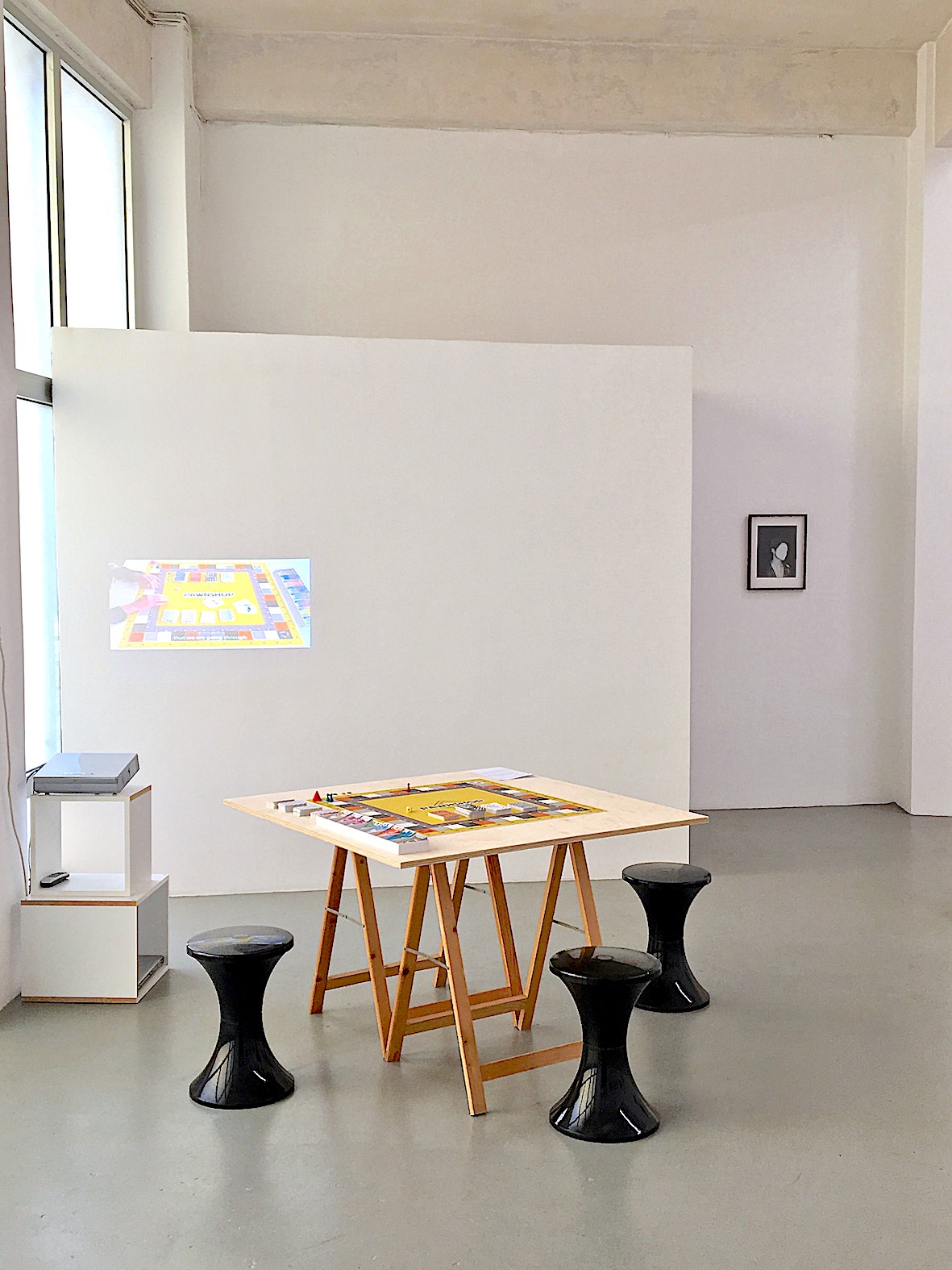
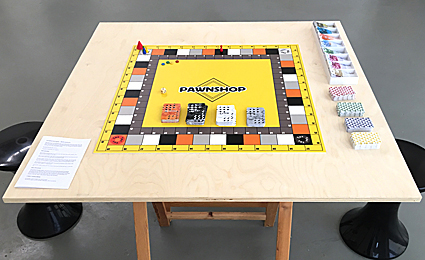
Lina Theodorou, installation view
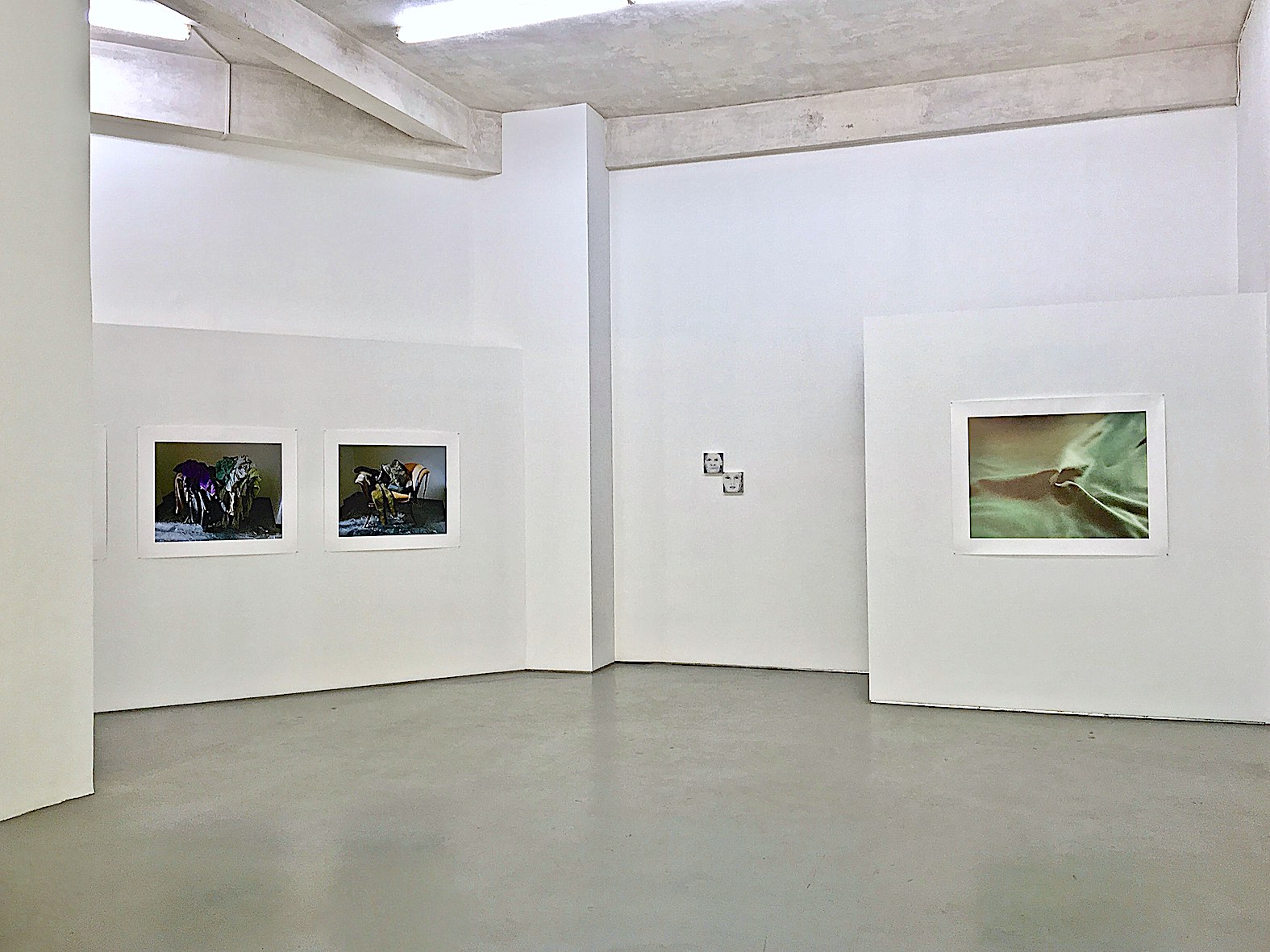
Yiannis Theodoropoulos (left and right), Betty Fotiou (centre)
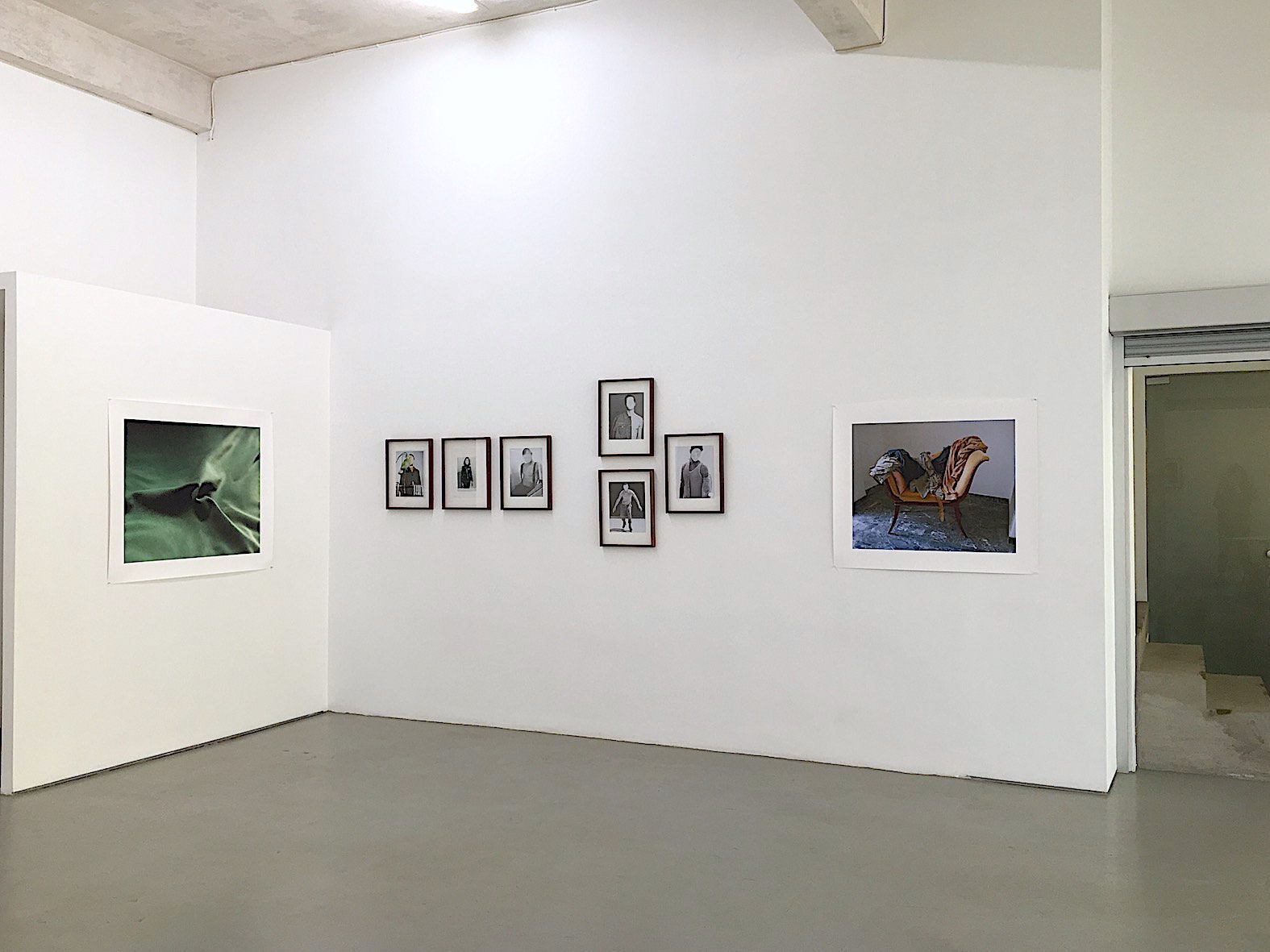
Yiannis Theodoropoulos (left and right), Caroline May (centre)
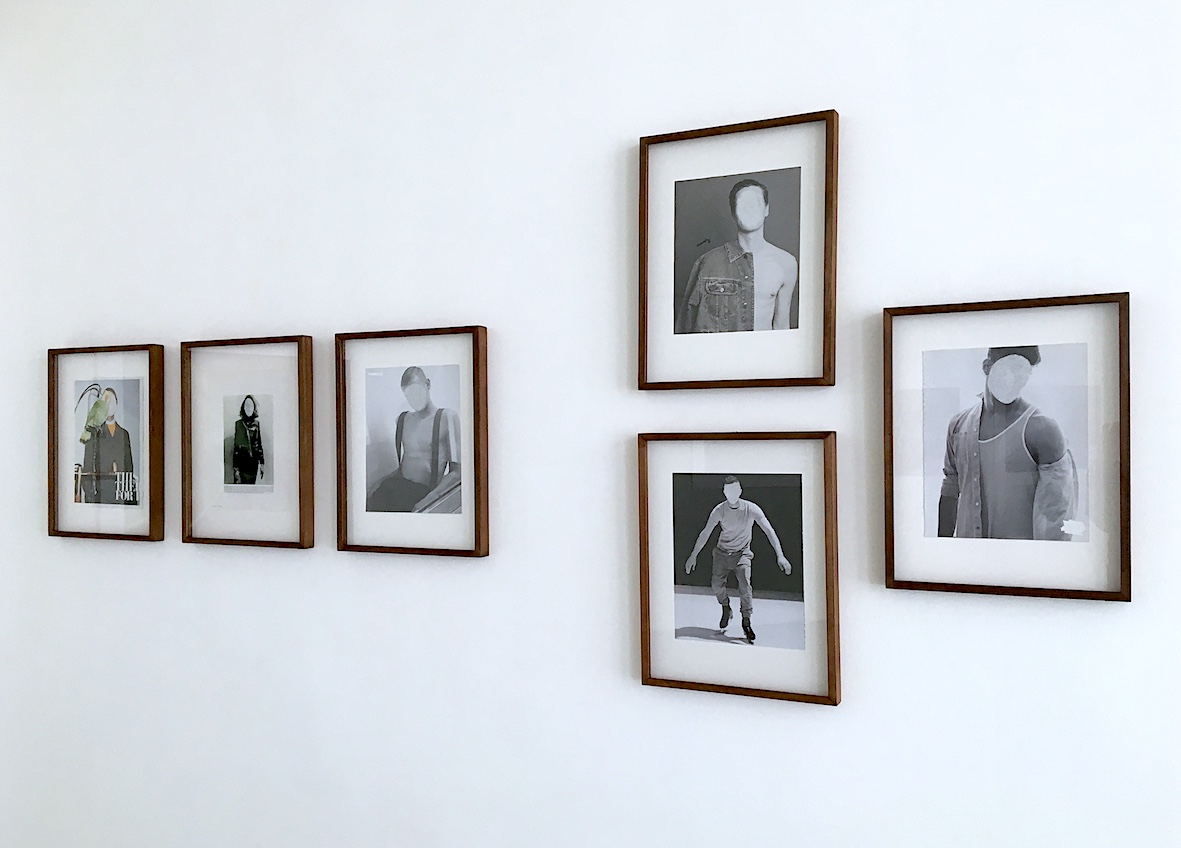 Caroline May
Caroline May
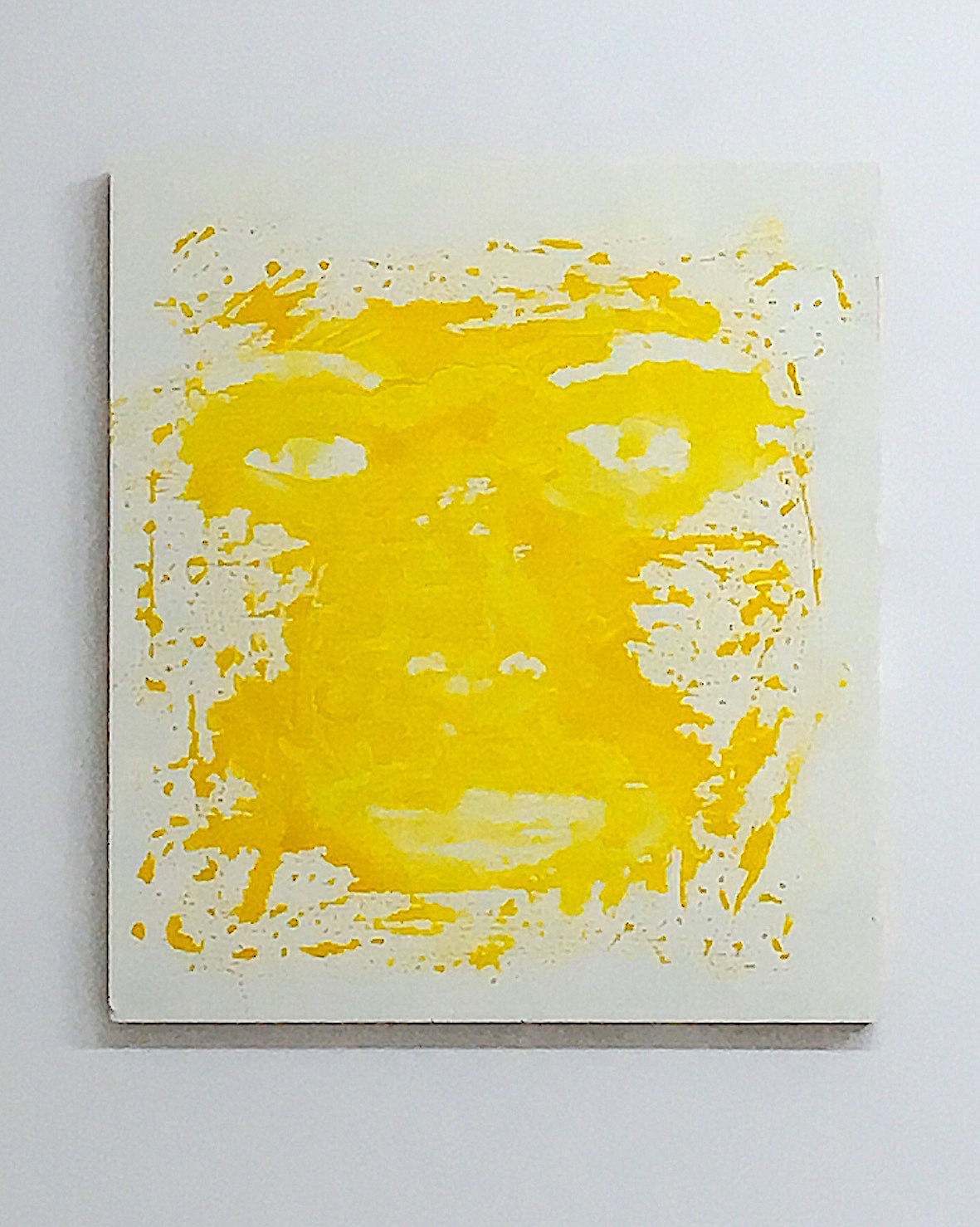 Betty Fotiou
Betty Fotiou
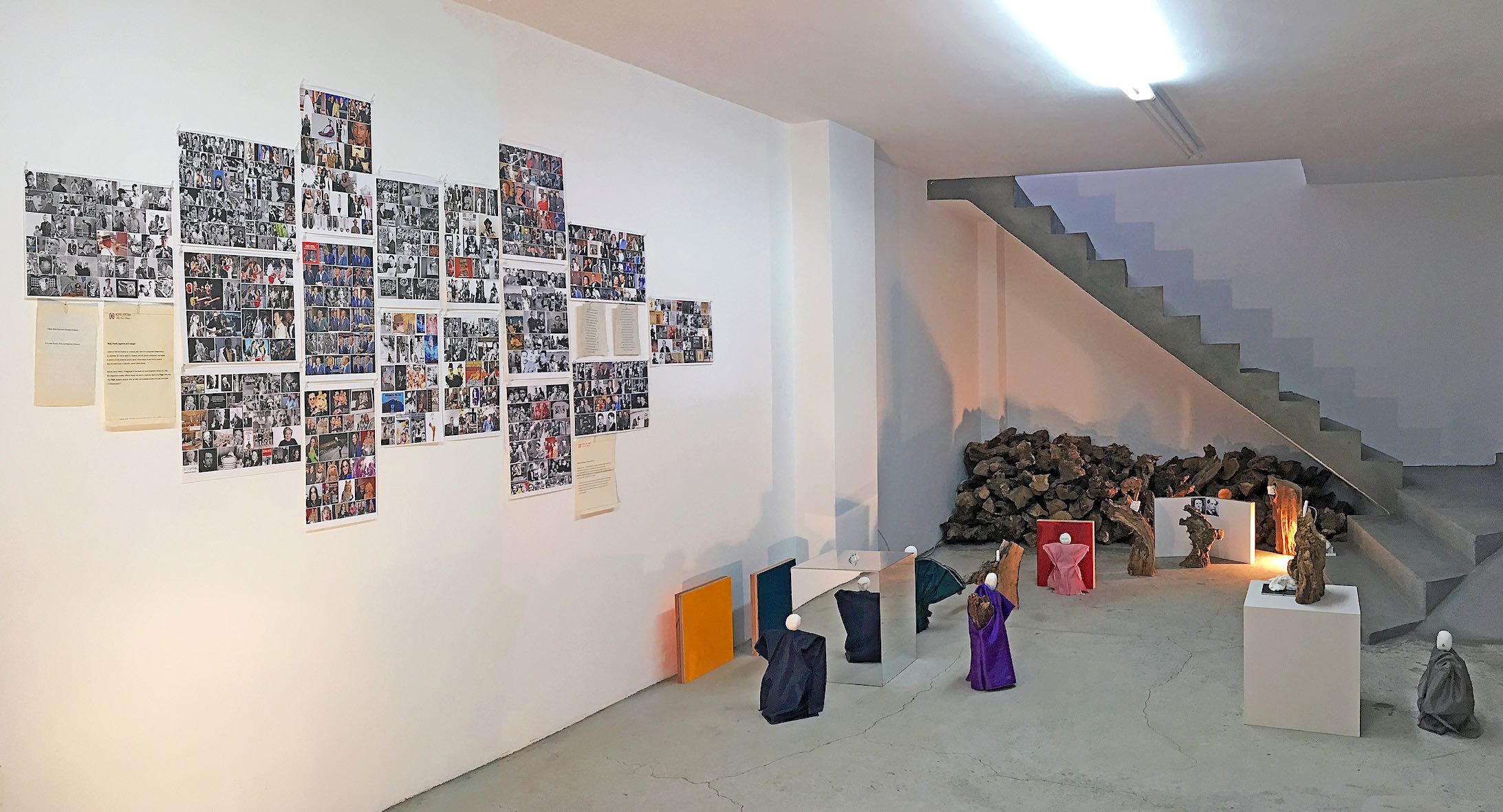
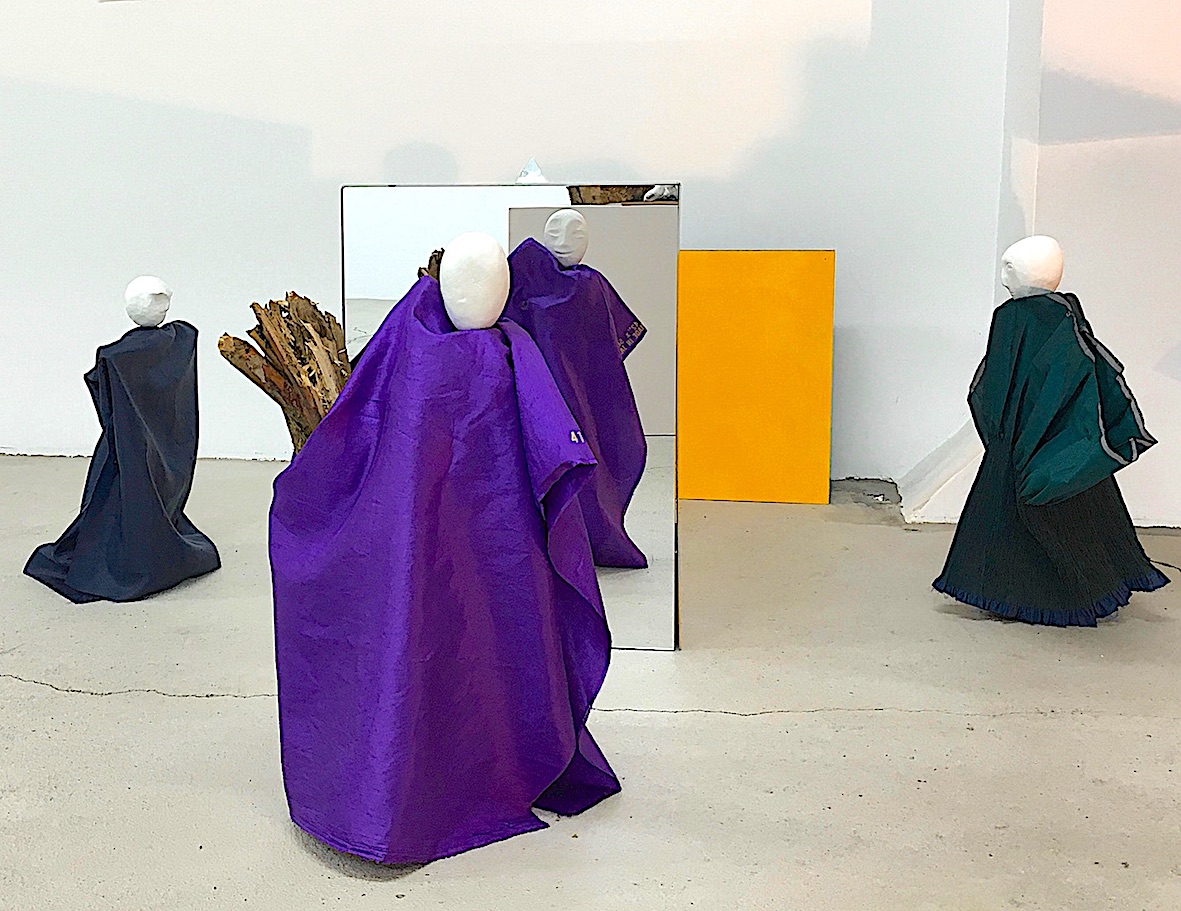
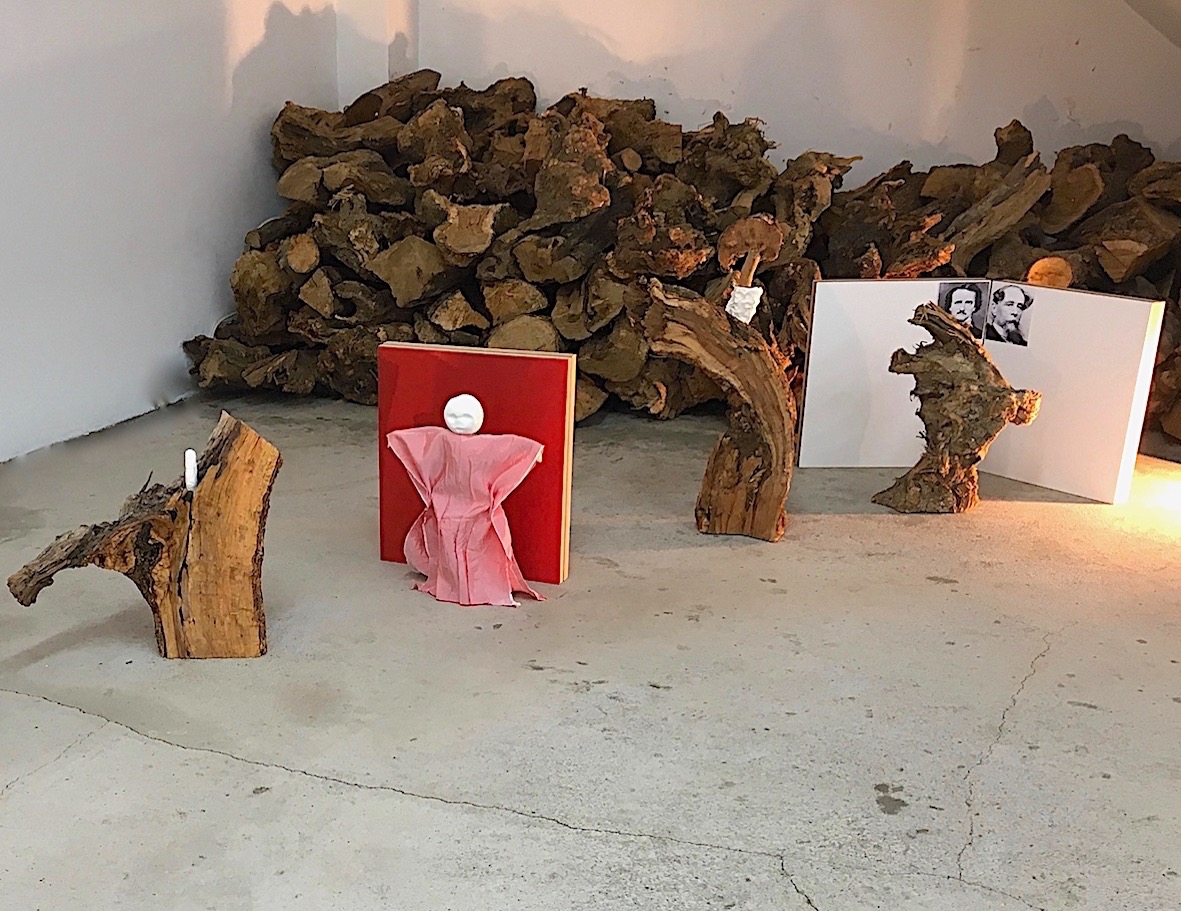
Dimitra Vamiali, installation views
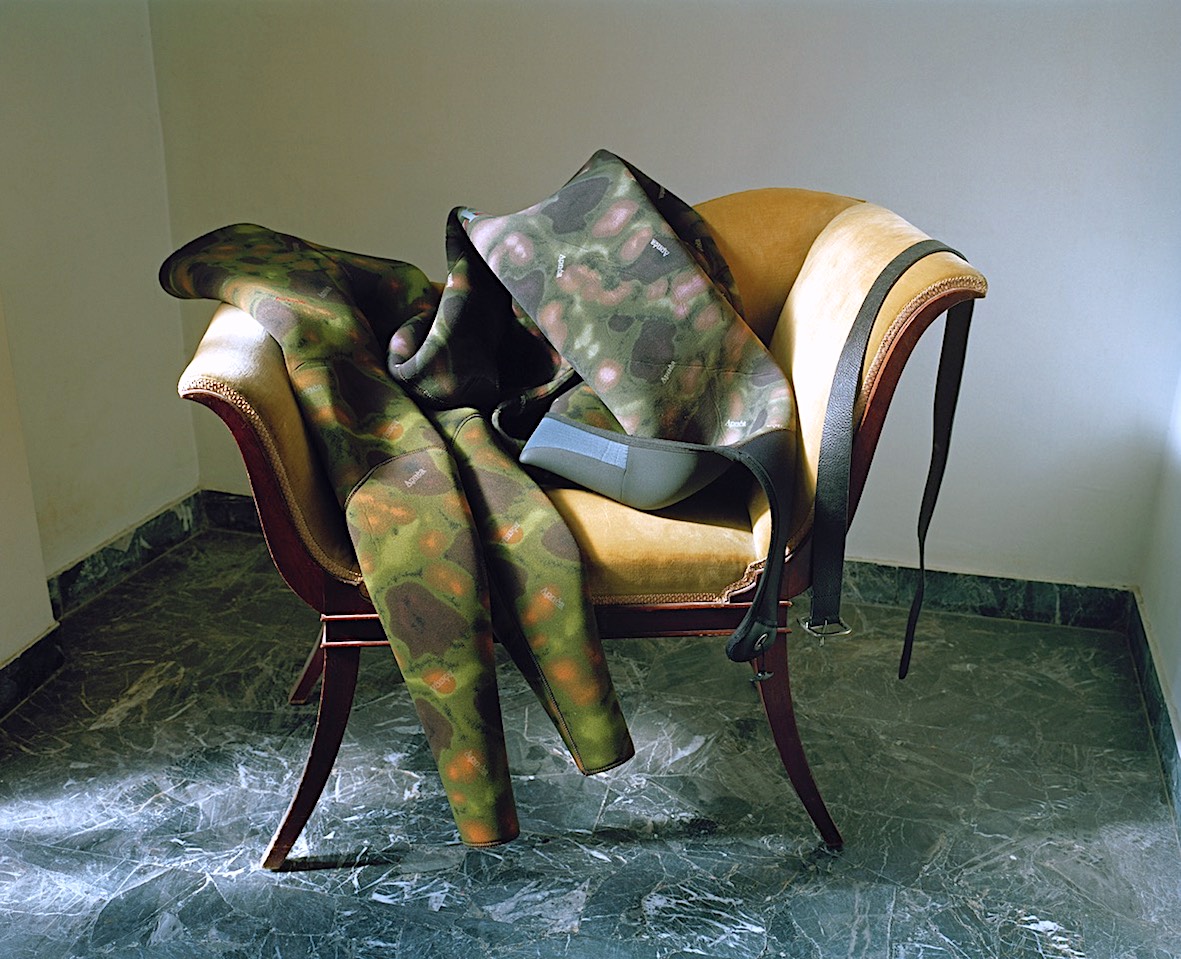
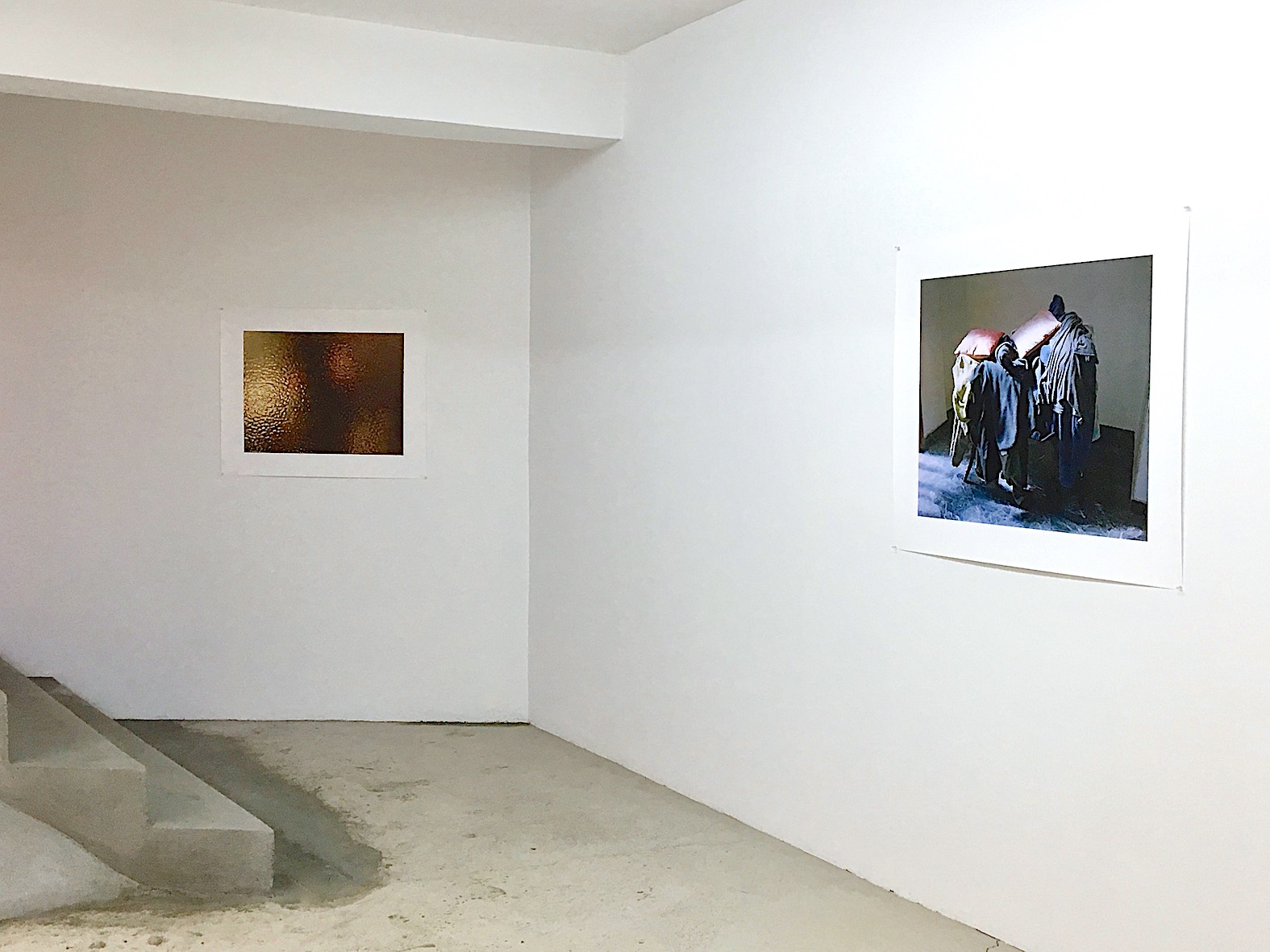 Yiannis Theodoropoulos
Yiannis Theodoropoulos